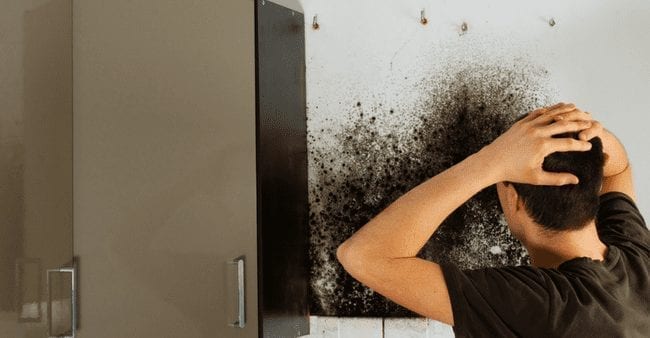Everyone maintains their own unique rationale in relation to Detecting hidden plumbing leaks.

The minute you find a leakage, calling your plumber for repair work is the best remedy. Some small water leaks may not be visible. Right here are some hacks that aid if you can not identify it with your nude eyes.
Early detection of dripping water lines can reduce a potential calamity. In addition to saving you cash, it will certainly reduce the irritation and aggravation.
Inspect Water Usage
If you spot abrupt modifications, regardless of your intake being the very same, it indicates that you have leaks in your plumbing system. An unexpected spike in your expense suggests a fast-moving leak.
At the same time, a constant increase every month, even with the same routines, reveals you have a slow leakage that's additionally slowly rising. Call a plumber to extensively examine your home, especially if you really feel a warm area on your flooring with piping beneath.
Check as well as Evaluate the Circumstance
House owners ought to make it a practice to check under the sink counters and also inside closets for any bad odor or mold development. These two warnings suggest a leakage so prompt attention is called for. Doing regular examinations, even bi-annually, can save you from a major trouble.
Check Out the Water Meter
Every home has a water meter. Checking it is a proven manner in which aids you find leaks. For starters, shut off all the water sources. Make sure no person will flush, utilize the tap, shower, run the washing maker or dishwashing machine. From there, most likely to the meter and watch if it will certainly change. Given that no one is using it, there must be no movements. That suggests a fast-moving leakage if it relocates. Also, if you detect no changes, wait an hour or 2 and inspect back once more. This means you might have a slow leakage that could also be below ground.
Asses Outside Lines
Do not fail to remember to inspect your outside water lines as well. Should water seep out of the link, you have a loosened rubber gasket. One tiny leak can waste loads of water and also increase your water costs.
Do a Food Coloring Test
When it comes to water consumption, 30% comes from toilets. If the shade in some way infiltrates your dish throughout that time without flushing, there's a leakage between the tank and bowl.
Examine for discolorations and deteriorating as most pipelines and also devices have a life expectancy. If you think dripping water lines in your plumbing system, do not wait for it to rise.
The minute you locate a leakage, calling your plumber for repair services is the best remedy. Some little water leaks might not be visible. Checking it is a surefire means that aids you find leaks. One tiny leakage can throw away bunches of water and spike your water costs.
If you think dripping water lines in your plumbing system, do not wait for it to intensify.
How to Know If Your Home Has a Hidden Leak
Water Meter Reveals Inexplicable Water Usage
If you’d like to test whether or not there’s a leak somewhere in your home, you can do this using your water meter. Here is how to conduct the test:
Don’t use any water in your home for at least 30 minutes; this also means not turning on faucets or water-using appliances.
Go outside, and check your water meter for activity.
If your water meter shows that there was activity, even though no one was using any water, this proves that there is a leak in your home.Visible Mold or Mildew Growth
Leaks behind walls create moist, dark environments that allow mold and mildew to grow and thrive. Eventually, you might see mold growth forming on the wall closest to a hidden leak.
If mold is growing in an area that receives a high amount of moisture, such as a bathroom, it may simply be an indication that better ventilation is needed. However, if you see mold growth on a wall or the ceiling in an area where you would not expect, you probably have a hidden leak.
Musty, Mildew Odor
Sometimes you might not be able to see the mold or mildew that is growing as a result of a leak. However, the smell can give the problem away just as easily. If you catch a whiff of something musty, there’s a good chance that old water is collecting somewhere in your home that you can’t see.
Stained/Warped Walls, Ceilings, or Floors
When your home soaks up water, a variety of red flags can become visible, including ceiling stains, bubbling drywall, warped walls, and sagging floors. While these issues can be caused by excess humidity, they can also be signs that a pipe or plumbing connection has started leaking behind your walls.
Inexplicably High Water Bill
After a while, you get a general sense for what your water bill should be. If you own a pool or sprinkler system, your bill will tend to be higher during summer. However, if you receive a water bill that seems especially high, and you can’t figure out what caused it, then you may have a hidden leak somewhere that’s increasing your bill.
https://www.plumbingjoint.com/blog/2019/july/how-to-know-if-your-home-has-a-hidden-leak/

As an enthusiastic person who reads on Hacks to detect leaks, I was thinking sharing that section was important. Do you know another individual who is interested in the topic? Feel free to share it. I thank you for reading our article about Leaking water lines.